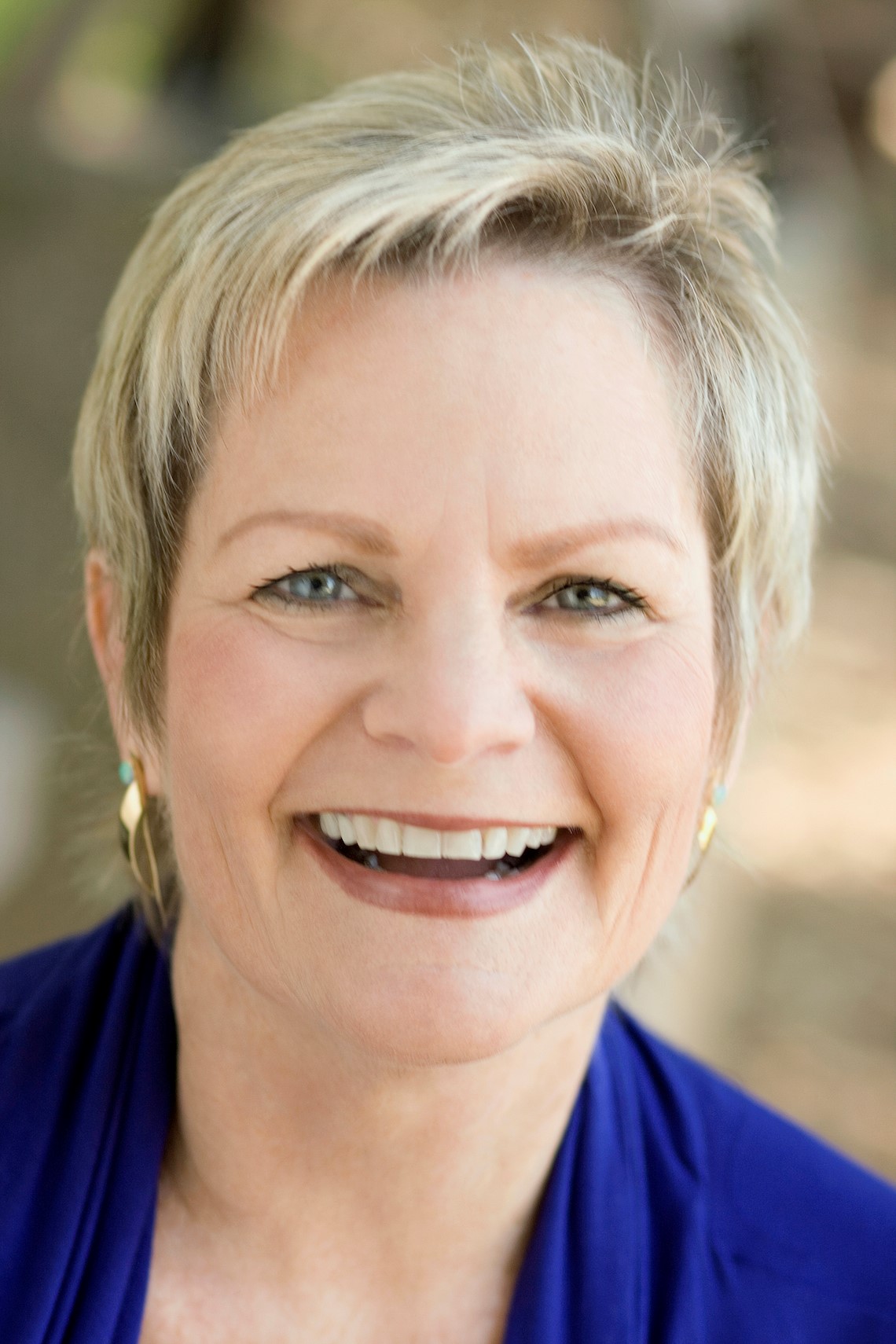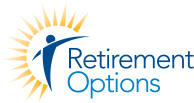
Do you have a parent or other loved one in a skilled nursing facility or a senior housing community (independent living, assisted living, memory care, and continuing care retirement communities)? If so, it’s a challenging and even frustrating time, isn’t it? The facility where your loved one resides is probably on “lockdown” because of Covid-19, which means you are not allowed to visit them and your only ability to “see” them is through an internet-based video service like Zoom or Skype.
It’s Personal
Betsy is typical of an adult child with a parent in senior housing: Betsy lives in northern California, but her mother, who is 93, lives in a continuing care community in suburban Maryland, near Washington D.C. Betsy is retired, so for the last four years she has flown to the east coast to visit her mother for a week every other month. This year, she hasn’t been able to visit her since January.
They chat on the phone daily and Betsy is becoming more and more concerned about her mother’s mental health. Where before she was taking daily yoga classes, walking a half-mile on the paths around the property, and looking forward each day to chatting with her friends in the community over dinner, now her life has narrowed to the walls of her one-bedroom unit. She has a smartphone and she and Betsy can do Facetime, but it seems to be getting harder and harder for her mom to figure out how it works, so they generally just talk on the landline. Betsy’s mom is upset and confused by the changes and seems depressed.
Betsy worries constantly about how long the lockdown will last and whether she will ever see her mother again. As far as she knows, none of the residents in her mother’s community have been tested for the virus and Betsy isn’t even sure they have tests for the staff. Her mother reports that the staff member who delivers her meals now wears a mask and gloves, but no other protective clothing or equipment is being used. Betsy has spoken with staff at the residence and they have told her they are doing all they can with distancing and the equipment they have on hand. They are still waiting for tests to become available.
Karen’s mother, Fran, is 97. She lives in an assisted living community near where Karen and her husband live. Fran is almost blind from macular degeneration and has severe hearing loss. She also has mobility problems and uses a walker. Karen used to visit Fran at least four times a week. Prior to the coronavirus lockdown, one of Fran’s greatest pleasures, outside of family visits, was making her way to the dining room three times a day. With so many physical challenges, Fran’s joy in life was the daily human contact she got from her family and friends in the community. Now Fran is confined to her small one-bedroom unit, with only the aide and the food delivery staff person for connection to the outside world.
Ageism rears its head
Families miss seeing and hugging their loved ones – and vice versa. Given the troubling reports of Covid-19 in these settings, one of the most frequently asked questions is why is this happening? The answer may come as a shock: it’s ageism. Why else are our older adults and those who care for them deprioritized for access to testing and the supplies needed for protection?
Senior housing communities and skilled nursing facilities have been on the front lines of the Covid-19 epidemic like few other businesses. Sadly, for some of these communities in hard-hit areas, the precautionary measures came too late, the virus already inside the gates, growing and claiming victims among staff and residents alike. There has been plenty of blame and finger-pointing, despite the heroic efforts of both the workers and management in a majority of these communities.
I asked Bob Kramer, president and founder of Nexus Insights, for his opinion on the challenges and headwinds senior housing and skilled nursing are experiencing and what, if anything, Betsy and Karen and the thousands of other family members affected by this crisis could do. Bob is one of the premier thought leaders in the senior housing industry and a leading voice in aging and healthcare. He always brings a unique visionary perspective to any discussion of the future of this industry.
Bob didn’t mince words. He told me that what we are seeing playing out in early 2020 is ageism in one of its most pernicious forms. In Bob’s words, “if you have a parent in senior housing or skilled nursing, you are both now victims of ageism. It showed up when the management of your parent’s assisted living, memory care, or skilled nursing facility asked for help from their state or county government in securing personal protective equipment (PPE) for their staff and residents. They were told to get in line behind hospitals, medical personnel, government facilities, and military installations. Test kits? Same story. They are victims of our government’s unwillingness to prioritize the health and safety of older adults and those who care for them. What we are seeing today is a segment of our society that is, under normal circumstances, invisible to most of us. Now they are in the news every day and it’s heartbreaking.”
Even as the 2020 horror stories mount about the incidence of illness and death in skilled nursing facilities and assisted living communities, the failure to prioritize these settings for Covid-19 testing equipment and PPE is deplorable. Bob emphasized that the vast majority of these communities are going to heroic lengths to protect and serve their residents in light of the obstacles they face.
Big differences in senior communities
Sadly, the majority of deaths have occurred in Medicaid-funded nursing facilities that have been chronically under-funded for years, and whose residents are both impoverished and frequently in very poor health. Often confused and lumped together, these skilled nursing facilities are very different from the private-pay assisted living communities where Karen’s and Betsy’s mothers reside, although all of them are the victims of the ageism Bob describes.
At an online conference I recently attended, I heard senior housing operators talked about not only the lockdown protocol and the safety measures they had instituted, but also the programs they had initiated to keep residents engaged and as active as possible while confined to their rooms and apartments. But even with the online exercise videos and games, residents are still isolated…from their families and one another. In the long run, that will be disastrous. Social contact ranks as high as food in its importance for the mental and physical health of the residents.
Ending the isolation
Testing and tracking is the only way out of the dilemma that senior housing and skilled nursing providers are facing today. Until we know that both staff and residents are virus-free, on a daily basis, we cannot move beyond the isolation protocol. And because we now know that asymptomatic people can still pass the virus, sufficient PPE will be necessary for additional protection and peace of mind.
Bob Kramer reminded me that as adult children and concerned citizens, we can do more than stand by and wring our hands about this situation. We need to fight for skilled nursing and the various types of senior housing to be elevated to “priority 1” status for PPE and testing capability by the lead federal agencies and in the next relief bill that goes through Congress. We can help by writing and calling government leaders and public health officials at the state and local levels. We need them, rather than just issuing recommendations or even mandates, to ensure that the communities housing our frail elders actually get the rapid-testing capability and PPE supplies they so desperately need. We need to remind them that leaving our oldest citizens vulnerable and fighting for scraps in the battle for the PPE and testing priority they need is morally wrong, it’s ageism at its worst.


